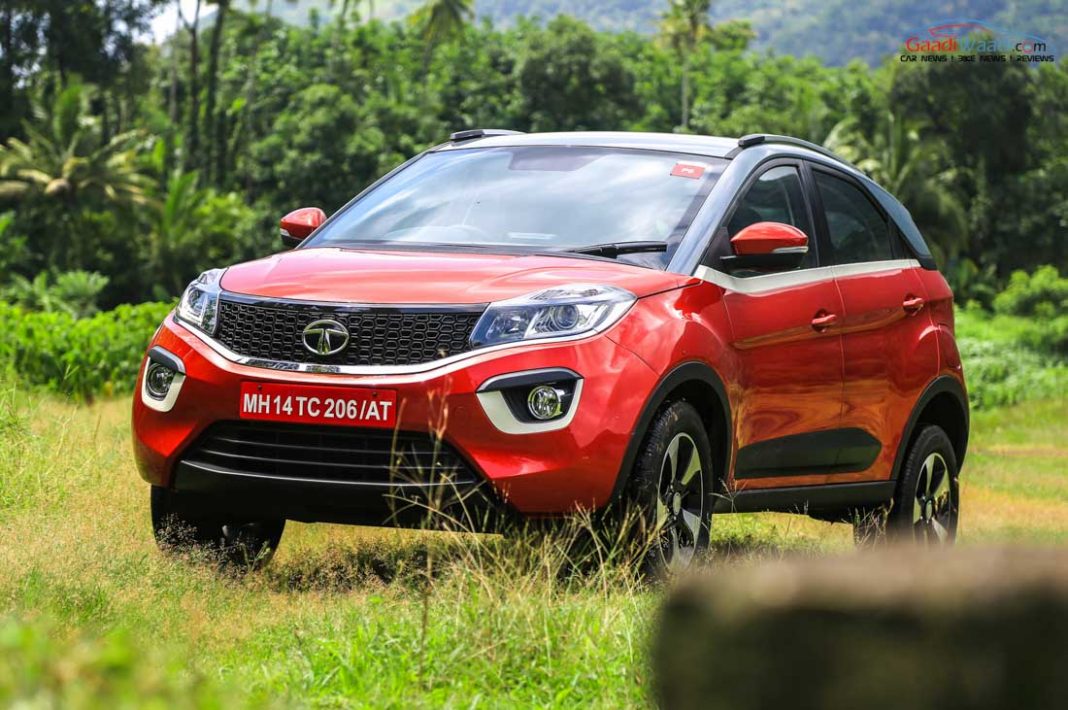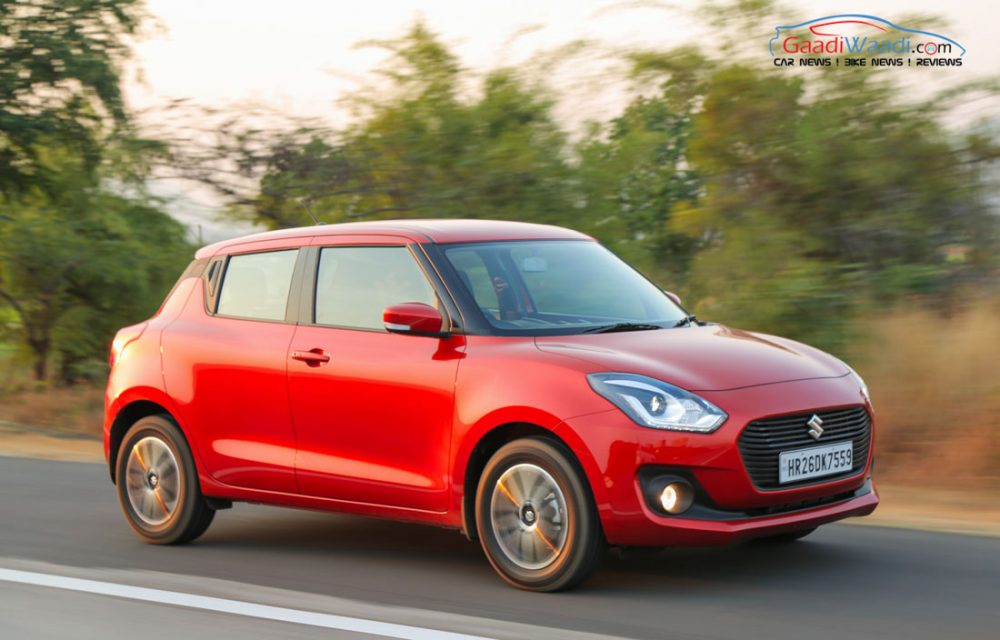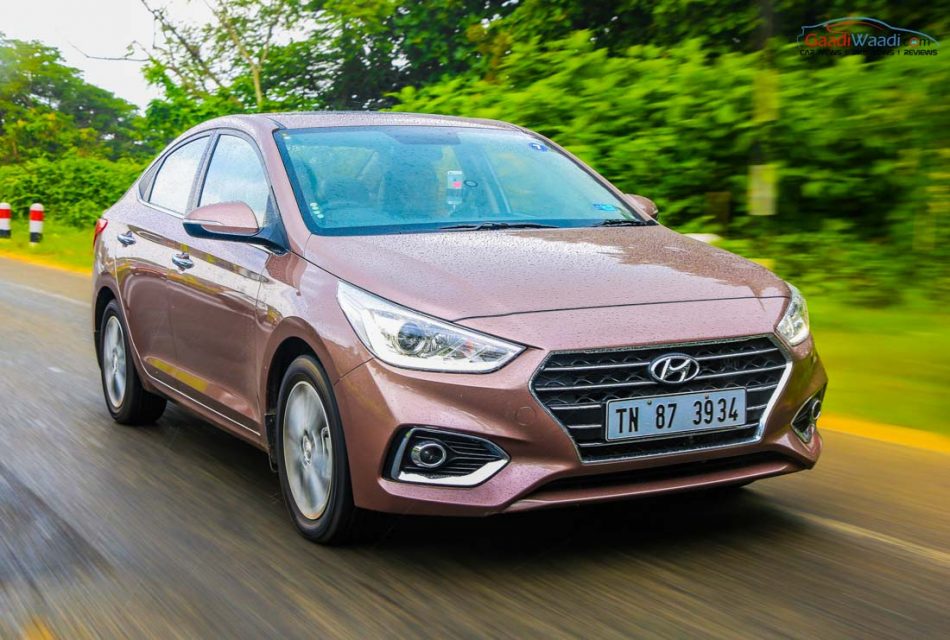
Diesel cars come under heavy scrutiny as LNT and DPF techniques incur 70 percent of the massive cost increase ranging between Rs. 65,000 and Rs. 95,000
With the Indian auto industry completely skipping the Bharat Stage V emission regulations in favour of a more stringent BS VI norms, the cost impact on the vehicles needs to be keenly observed. The BS VI regulations are in a way compared to the Euro 6 emission compliance regs and ACMA (Automotive Component Manufacturers Association of India) has devised a complete chart.
According to them, the cost impact of BS VI will indeed vary across different vehicle segments and can go as far as Rs. 2,00,000 for M&HCVs (Medium & High Commercial Vehicles) to Rs. 3,500 for two wheelers. For heavy trucks, the increase in costs between Rs. 1.75 and 2.25 lakh is driven by SCR (Selective Catalytic Reduction) and DPF (Diesel Particulate Filter) by up to 80 percent.
Compared to the heavy vehicles, the cost impact on passengers cars and bikes are less but they are equally substantial. For motorcycles, it is estimated to be around Rs. 3,500 to Rs. 6,000 due to the mechanical treatments. As far as cars are concerned, it deviates depending on what fuel is used as petrol powered four-wheelers would only have Rs. 8,000 to Rs. 12,000 cost increase.
However, the diesel cars come under heavy scrutiny as LNT (device using absorption technique to reduce nitrogen oxide emission) and DPF (Diesel Particulate Filter) incur 70 percent of the massive cost increase ranging between Rs. 65,000 and Rs. 95,000. This will ultimately reflect on the selling price of the vehicle.
Petrol-engined vehicles will have to deal with enhancing mileage and resultant PM (Particulate Matter) after treatment leading to cost increase of Rs. 8,000-12,000. Due to the BSVI arrival, the direct effects on gasoline engines are engine downsizing, higher turbocharging, additional onboard diagnostic functionalities, additional engine controls and sensors, particulate filter and sensors, EGR (Exhaust Gas Recirculation) increase, etc.


